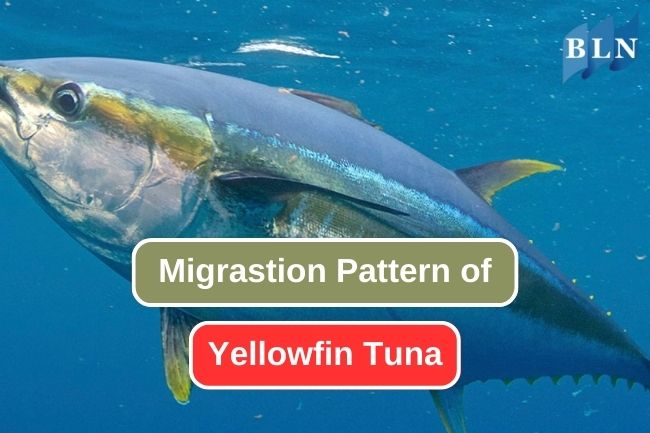The Annual Journey of Yellowfin Tuna
By. Nevanda - 21 Sep 2023
lautnusantara.com - Yellowfin tuna (Thunnus albacares) are highly migratory fish known for their extensive movements across warm oceans. Their migration patterns are influenced by several factors, including water temperature, prey availability, and breeding behavior. Here is an overview of the migration pattern of yellowfin tuna:
Yellowfin tuna are primarily found in tropical and subtropical waters around the world. They thrive in regions where sea surface temperatures range from 20°C (68°F) to 30°C (86°F). Yellowfin tuna exhibit seasonal movements in response to changing oceanographic conditions and food availability. They are known to follow variations in water temperature, which can lead to northward and southward migrations.
1. Pacific Ocean
In the Pacific Ocean, yellowfin tuna are abundant and widely distributed. They are commonly found in the waters around Hawaii, the eastern tropical Pacific (ETP), and the western Pacific, including regions near Japan, the Philippines, and Papua New Guinea.
2. Atlantic Ocean
In the Atlantic Ocean, yellowfin tuna are distributed in both the Western Atlantic and Eastern Atlantic.
- Western Atlantic: They are found in the western Atlantic Ocean, including the Gulf of Mexico, the Caribbean Sea, and along the eastern coast of the United States.
- Eastern Atlantic: Yellowfin tuna are present in the eastern Atlantic Ocean, ranging from the Mediterranean Sea down the west coast of Africa.
3. Indian Ocean
Yellowfin tuna are abundant in the Indian Ocean. They are commonly found in the waters around Indonesia, Sri Lanka, the Maldives, and along the eastern coast of Africa.
Read also: Popular Techinques Used for Preserving Anchoivies
Yellowfin tuna are highly migratory in search of prey, including smaller fish like sardines, anchovies, and squid. They often follow schools of baitfish and undertake extensive journeys to find food. Yellowfin tuna also engage in reproductive migrations. They move to specific areas for spawning, which are typically located in warmer waters. Spawning grounds for yellowfin tuna can vary but are often found in regions where water temperatures are conducive to egg and larval development.
Understanding the migratory patterns of yellowfin tuna is crucial for fisheries management and conservation efforts, as these tuna are a valuable resource and play a vital role in marine ecosystems. Sustainable fishing practices and responsible management are essential to ensure their long-term sustainability.
 in Coral Reef Ecosystems.jpg)
.jpg)





 and Its Impact on Indonesia's Maritime Economy.jpg)
